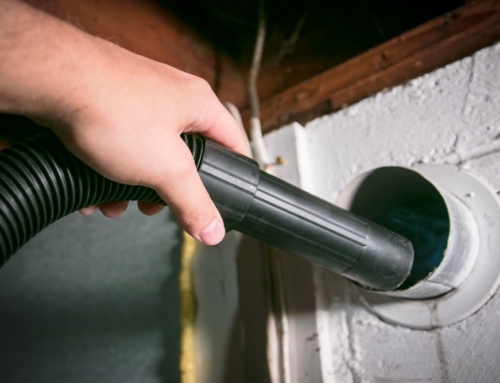After a grueling winter, it’s important to prepare your home for spring. These 10 home maintenance tips will help you repair any cold weather damage, since snow and ice can wreak havoc on your home’s infrastructure.
Begin prepping your home for spring as soon as the snow melts
“Spring is an ideal time to inspect in and around your home for any safety hazards,” says Loretta Worters, vice president of communications at the Insurance Information Institute (I.I.I.). Spring is also a great time to make sure warm weather necessities, such as air conditioning units, are working properly after the cold season.
The I.I.I. offers the following ten home maintenance tips to help you get your house in shape for spring.
1. Clean gutters and check for leaks. Clean out any leaves or debris that may have accumulated in the gutters. Check to make sure the downspout directs water away from the foundation, and add extensions if necessary to keep the water away from your house. It’s also a good plan to install gutter guards. These will protect your gutters from clogging and ensure that water does not accumulate on the roof.
2. Replace roof shingles. It’s no fun waking up to water dripping from your roof, and the significant cost of repairs can cause major headaches. Check for roof damage, including missing shingles, leaks, and general aging, as soon as possible after the snow melts. Shingles that are cracked or loose need to be replaced.
3. Repair concrete. Ice can do serious damage to cement and exterior walkways around your home. Inspect concrete for shifting cement or for cracks, which should be filled with caulk or concrete crack filler.
4. Inspect pipes for leaks. Water damage can mean big insurance claims, so check for leaks in pipes and faucets as well as in hoses leading to dishwashers, washing machines, and refrigerators.
In addition, know the location of the main water shutoff valve in your home. A damaged hose or a burst pipe can send water racing into your home. You will save yourself time and money by knowing where this valve is located and how to use it to shut off the water supply.
5. Replace smoke detector batteries. While you’re prepping your home for spring, make sure all smoke detectors have fresh batteries and are working properly.
6. Seal windows and doors. A windy winter may have damaged the seals on your windows and doors. Check caulking for decay around doors, windows, corner boards, and joints, and recaulk as needed. Be sure seals are tight to improve insulation and prevent water damage.
7. Prepare lawn equipment. Replacing your engine oil will increase the life of your machine, and a sharpened blade will make yard work easier.
8. Check the basement for water damage. Basements can bear the brunt of water damage if not checked frequently. They’re also a prime location for mold. If the air is too dry, consider a humidifier. If you have standing water, figure out whether the problem is on the interior or the exterior of your house.
9. Test the air conditioning units. Don’t wait for a hot day to discover that your air conditioning is not functioning properly. Spring is the right time to change the filters, clean the system, and make sure everything is working to maximum efficiency. Clean filters will also prevent your air conditioner from straining. Hire a contractor who can clean and inspect your mechanical systems.
10. Check your washer and dryer for fire hazards. Lint can escape a dryer hose that has been poorly connected and can then build up against the wall, causing a fire hazard. Household appliance fires are one of the most common reasons given for homeowner insurance claims.
As a homeowner, it’s impossible to prevent every problem that could arise. But with regular maintenance and a little elbow grease, you can ensure your home is a safe and comfortable place for years to come.
Ilyce Glink is the Publisher of ThinkGlink.com and the Founder/CEO of Best Money Moves, a financial wellness app that helps employees measure and reduce financial stress.






